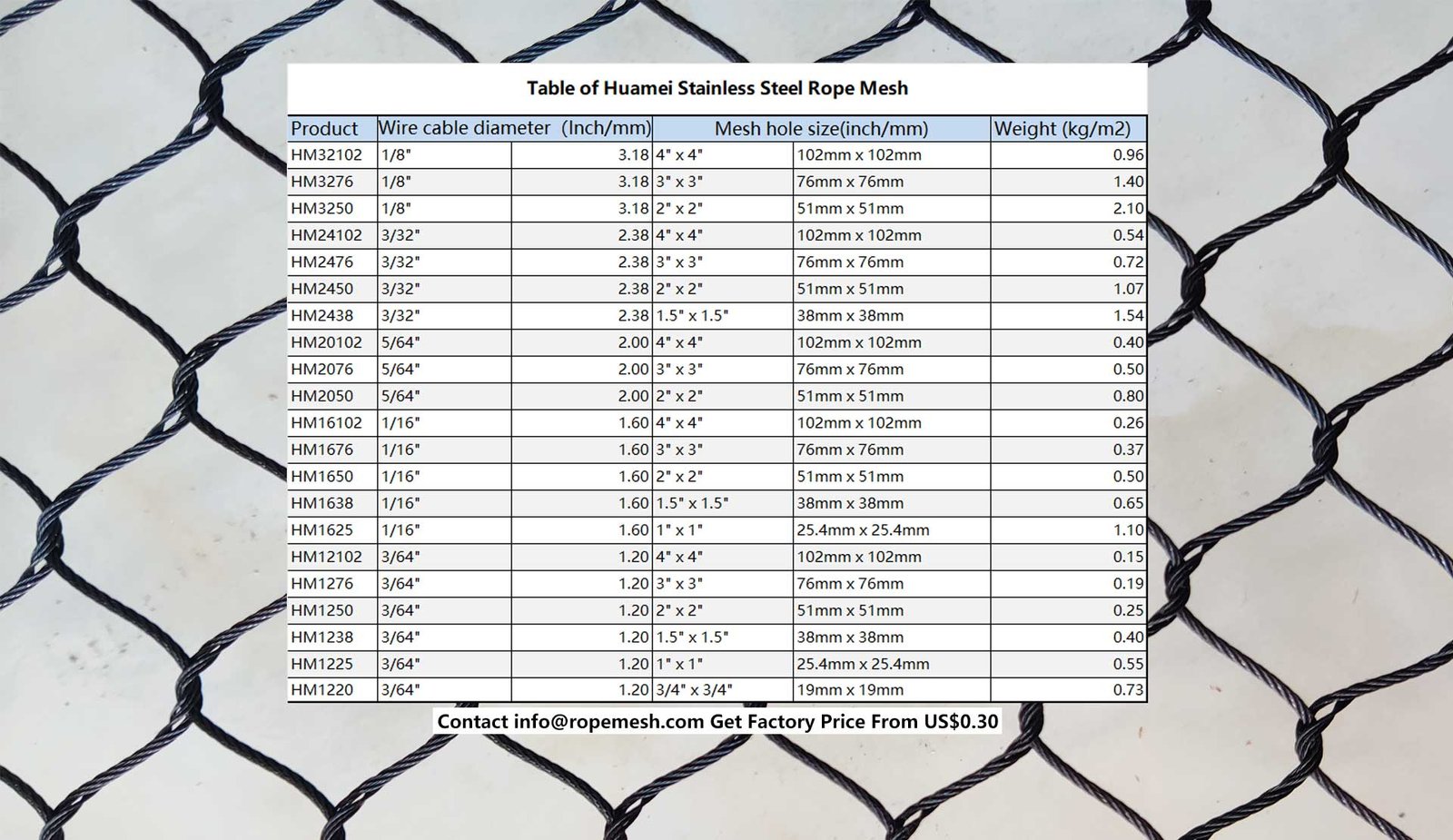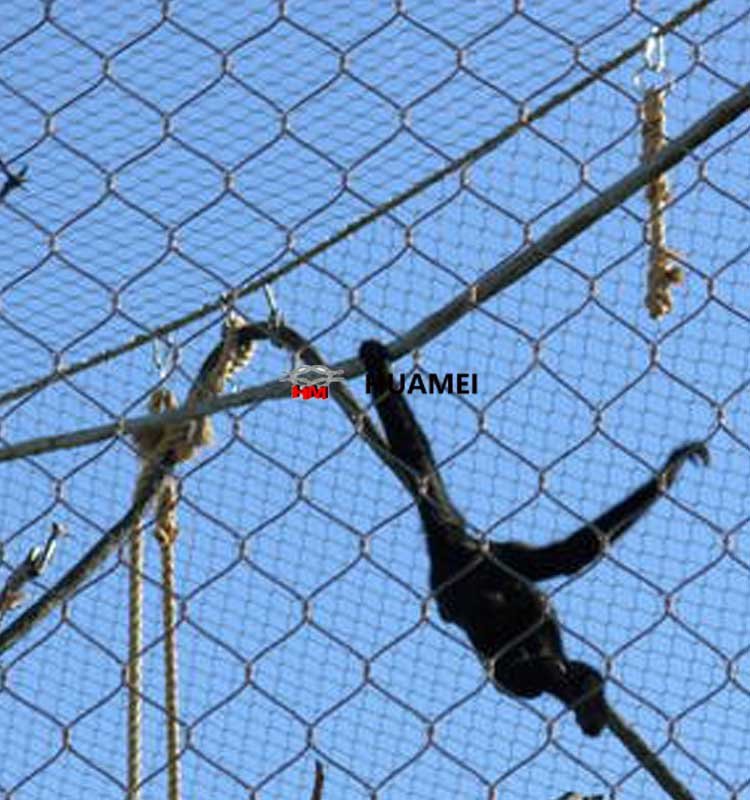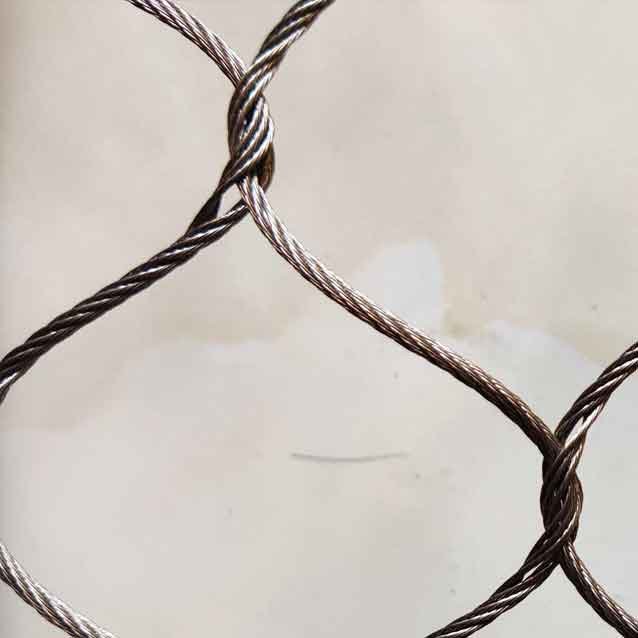Introduction to Animal Fencing
The implementation of fences for animals serves as a crucial component in wildlife management, providing the necessary safety and security needed for a variety of contexts. Fences act as barriers that facilitate the containment of animal populations while simultaneously safeguarding them from external threats. This is particularly vital in environments such as zoos, farms, and natural reserves, where the welfare of animals hinges on effective enclosure strategies.
In zoos, fences are designed not only to keep animals securely within designated habitats but also to protect visitors from potential dangers. The enclosures must be constructed with the right materials and height to prevent escapes while ensuring that animals can live in an environment that mimics their natural habitats as closely as possible. Similarly, in agricultural settings, fences serve both to protect livestock from predators and to prevent domestic animals from straying onto roads or neighboring properties. This dual functionality is key to maintaining farm productivity and animal welfare.
Natural reserves, where wildlife is allowed to flourish in a controlled manner, also depend on well-designed fencing systems. These fences help delineate protected areas from human activities, thereby reducing the chances of harm to vulnerable species. Moreover, they assist in managing the migration patterns of animals, ensuring that the essential resources within the reserve remain accessible. When thoughtfully integrated into wildlife management strategies, fences for animals promote not only safety but also ecological balance, highlighting their importance in maintaining a harmonious relationship between wildlife and human populations.


